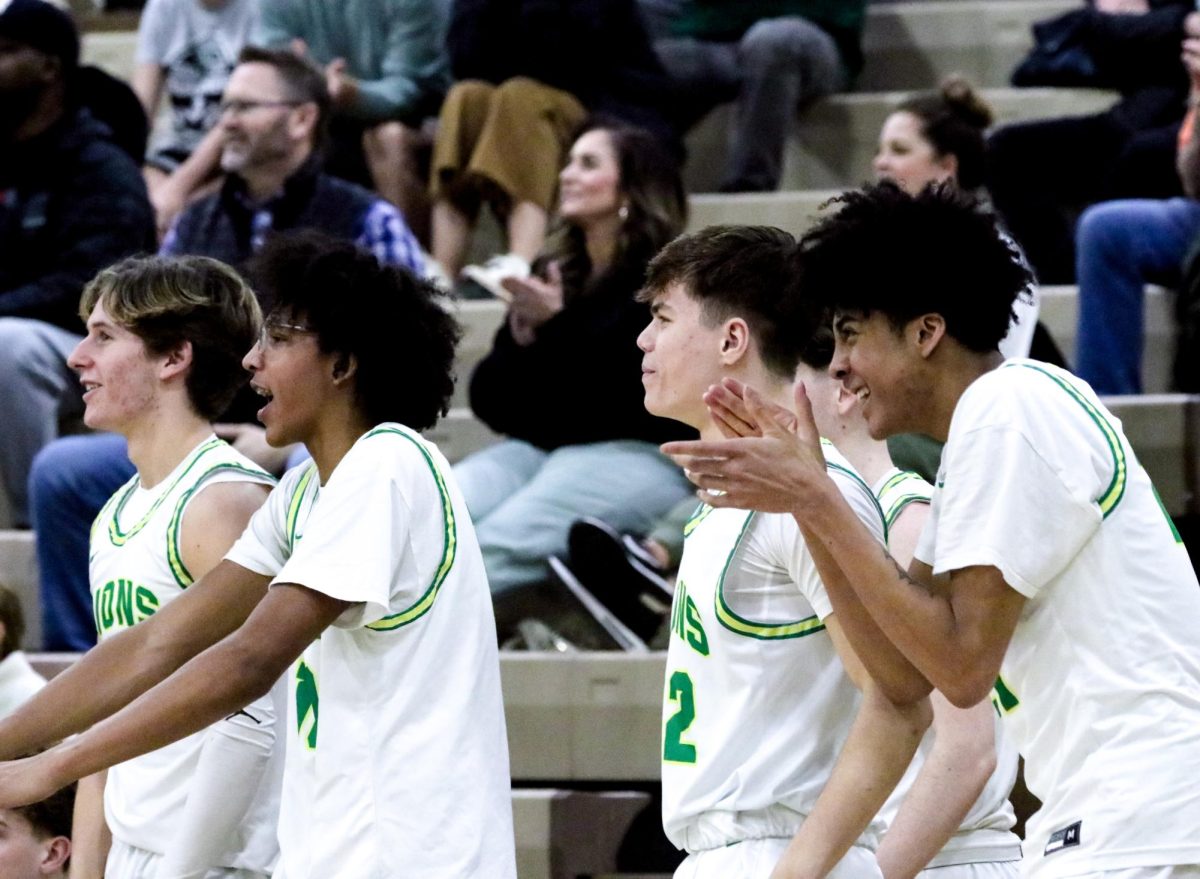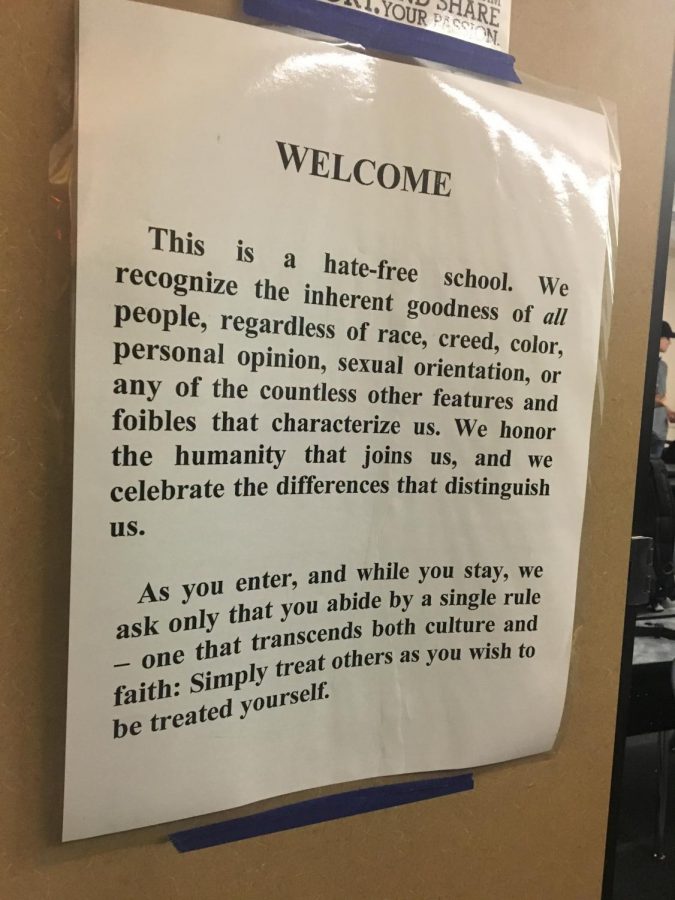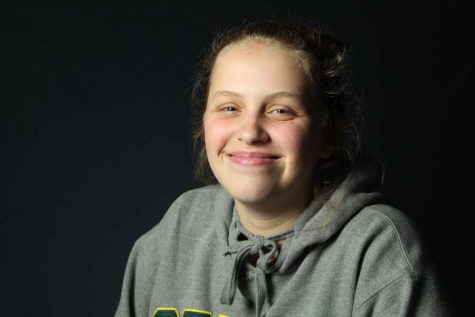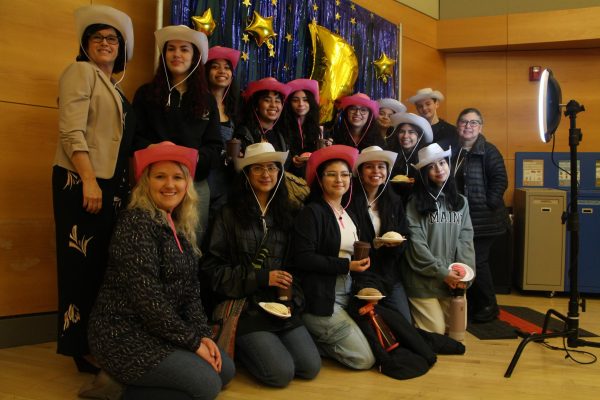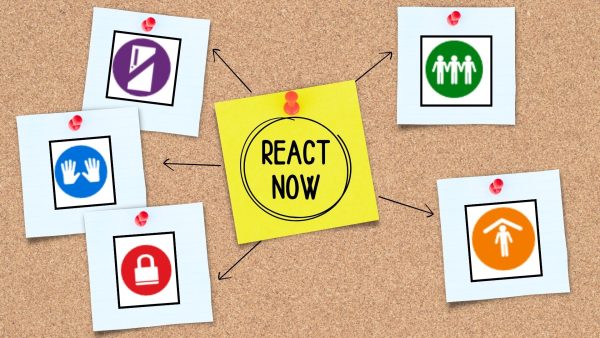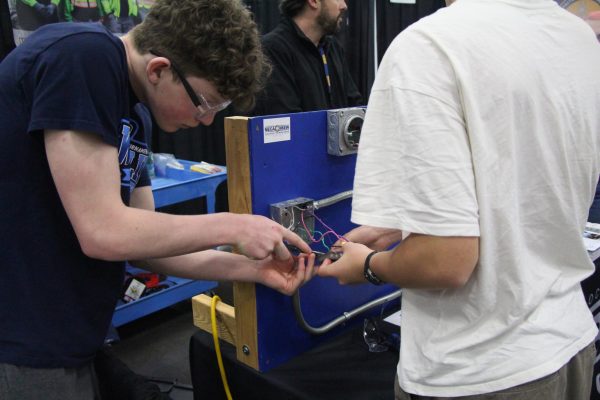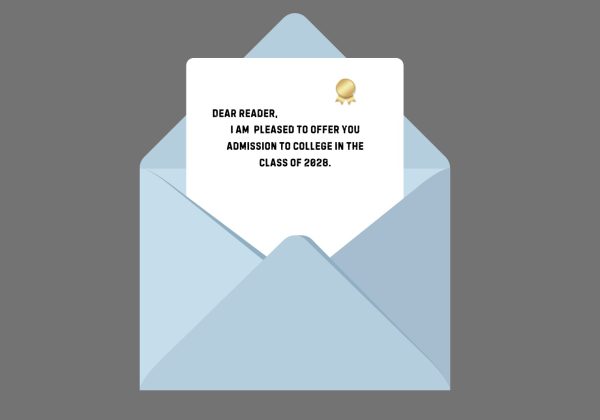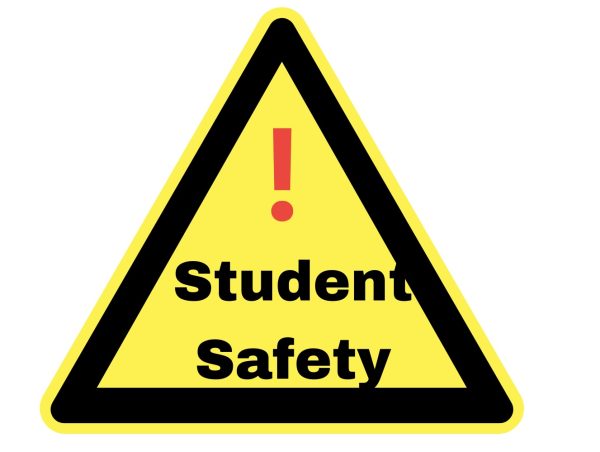Pronouns in classrooms
Words Matter: How pronouns impact class cultures
As second semester approaches and students begin new classes, it’s often often helpful for a reminder of how respecting personal pronouns can help create a better class environment and a safe space for learning. Teachers and students alike should be mindful of how students choose to identify themselves.
For students in the LGBTQ community, this is especially important. LGBTQ is an acronym that stands for Lesbian, Gay, Bisexual, Trans and Queer, which is used to designate a community of people whose sexual or gender identities can create shared political and social concerns.
It’s like walking through a hailstorm… — —Polly R. (pseudonym), parent of gender non-conforming son, describing the hostile environment that LGBT children face in schools - Utah, December 2015)
A main issue for the LGBTQ community is faced in schools across the United States. An issue that many teens face are gender pronouns – many individuals fail to use the requested ]pronoun of a person, or don’t know what pronoun to use. A pronoun is any word that can replace a noun or noun phrase (I, you, them), and gender pronouns refer specifically to people who are being talked about (he, she, him,his, her). Peers commonly face an issue of oblivion to what pronouns exist and how to use them.
Additionally, there is a singular use of they to refer to another when their gender is unknown and or unspecified. However, individuals still may struggle with the knowledge of what pronoun to use, and how to ask what an individual prefers. It may be uncomfortable to ask these sorts of things, but assuming a pronoun could be a conflict. The name someone chooses to go by and their pronouns are a very personal and thought through part of their identity. It is important to respect that
Pronoun identification isn’t the only issue in schools. LGBTQ students face discrimination in classrooms across the United States. School environments can be difficult regardless of sexual orientation or gender identity. However, for LGBT students, it is especially unwelcoming.
“A lack of policies and practices that affirm and support LGBT youth—and a failure to implement protections that do exist—means that LGBT students nationwide continue to face bullying, exclusion, and discrimination in school, putting them at physical and psychological risk and limiting their education” (hrw.org).
Noticing the vulnerable position LGBTQ students face, many lawmakers, officials, and organizations are fighting to make sure school grounds feel safe and welcome for all individuals of the LGBT community.
You have the right to assert your gender identity at school, regardless of your gender presentation. You do not need any medical diagnosis or treatment to have your identity recognized by your school. — The ACLU
Your donation will support the student journalists of West Linn High School. Your contribution will allow us to continue to produce quality content by purchasing equipment, software, and continuing to host our website on School Newspapers Online (SNO).

Not a lot of people are so motivated for college as Lauren Terry, senior, is. She aspires to do a lot in the coming future starting with graduating high...




















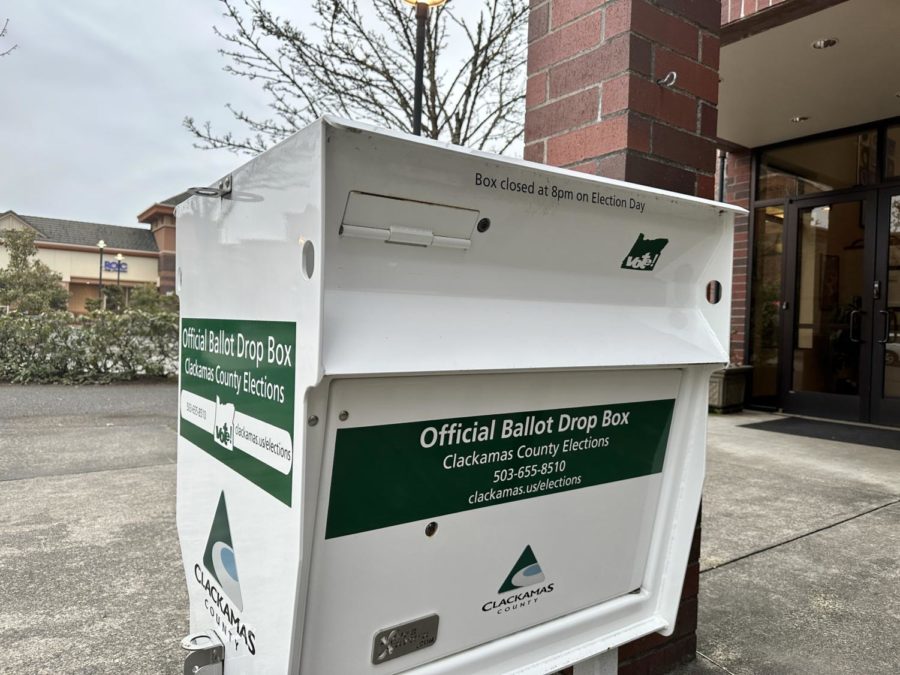



![Game, set, and match. Corbin Atchley, sophomore, high fives Sanam Sidhu, freshman, after a rally with other club members. “I just joined [the club],” Sidhu said. “[I heard about it] on Instagram, they always post about it, I’ve been wanting to come. My parents used to play [net sports] too and they taught us, and then I learned from my brother.”](https://wlhsnow.com/wp-content/uploads/2024/03/MG_7715-2-1200x800.jpg)
![At the bottom of the third inning, the Lions are still scoreless. Rowe stands at home plate, preparing to bat, while Vandenbrink stands off to the side as the next batter up. Despite having the bases loaded, the team was unable to score any runs. “It’s just the beginning of the season. We’re just going to be playing out best by June, [and] that’s where champions are,” Rowe said.](https://wlhsnow.com/wp-content/uploads/2024/03/IMG_3077-1200x900.jpg)






![The teams prepare to start another play with just a few minutes left in the first half. The Lions were in the lead at halftime with a score of 27-0. At half time, the team went back to the locker rooms. “[We ate] orange slices,” Malos said. “[Then] our team came out and got the win.”](https://wlhsnow.com/wp-content/uploads/2023/10/IMG_2385-1200x800.jpg)





